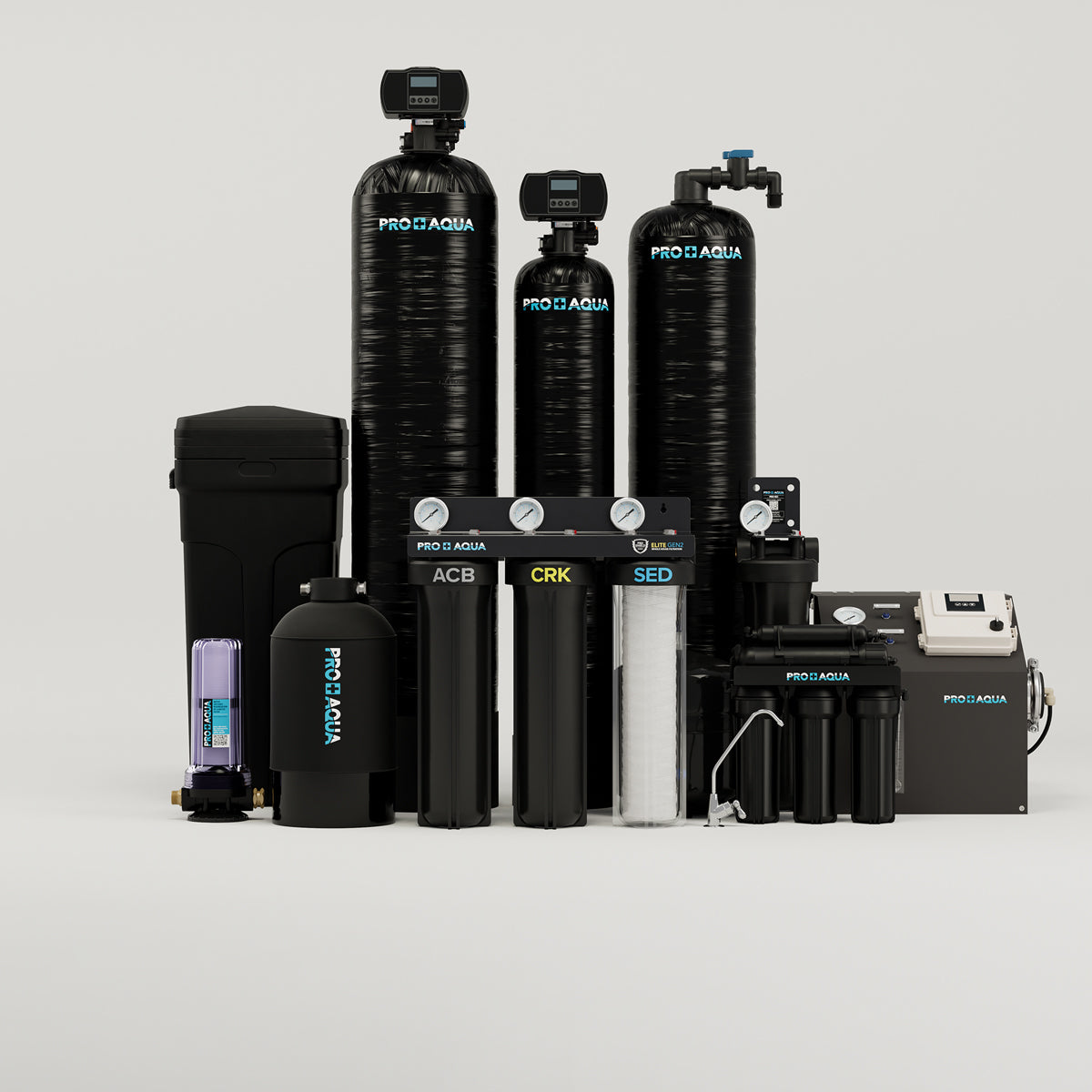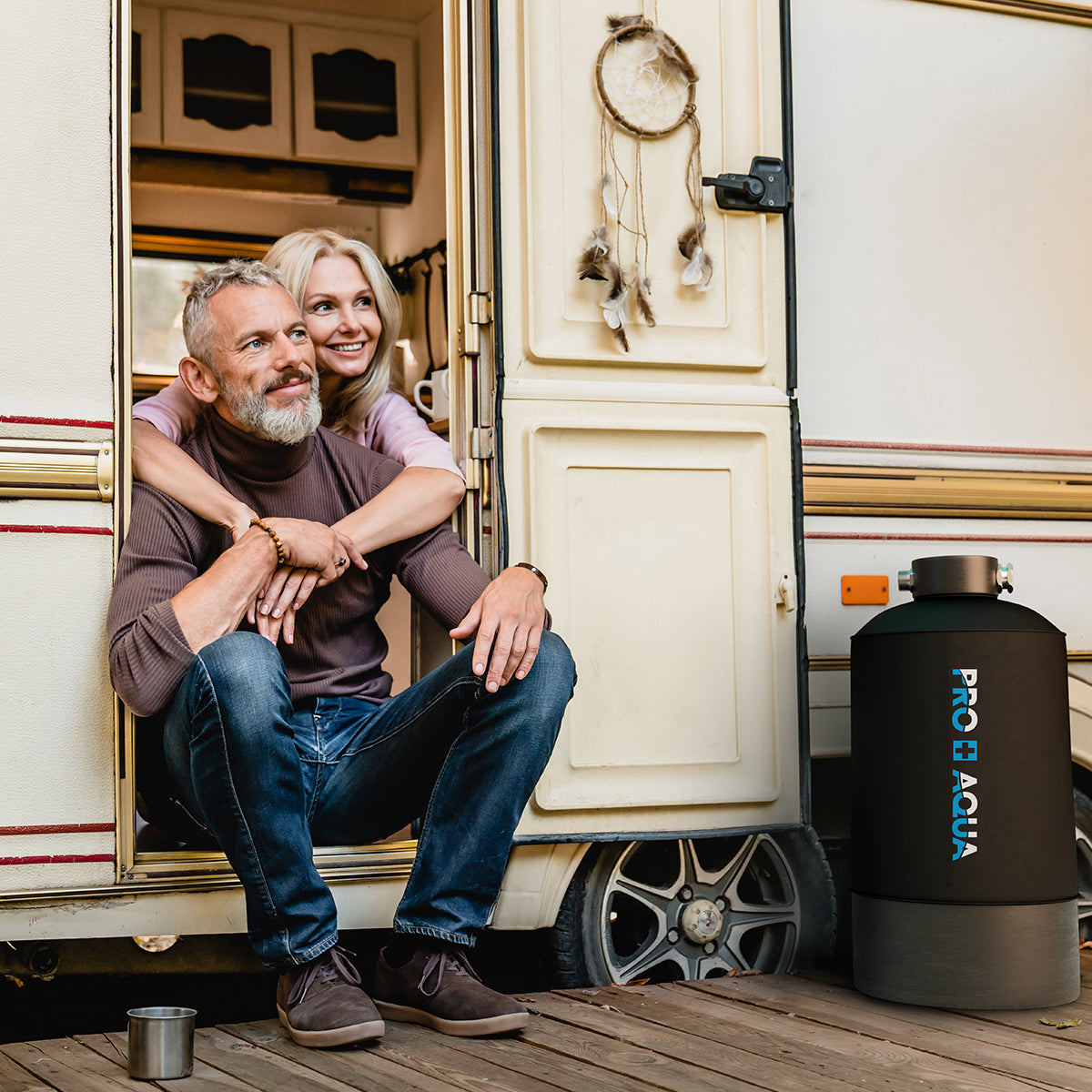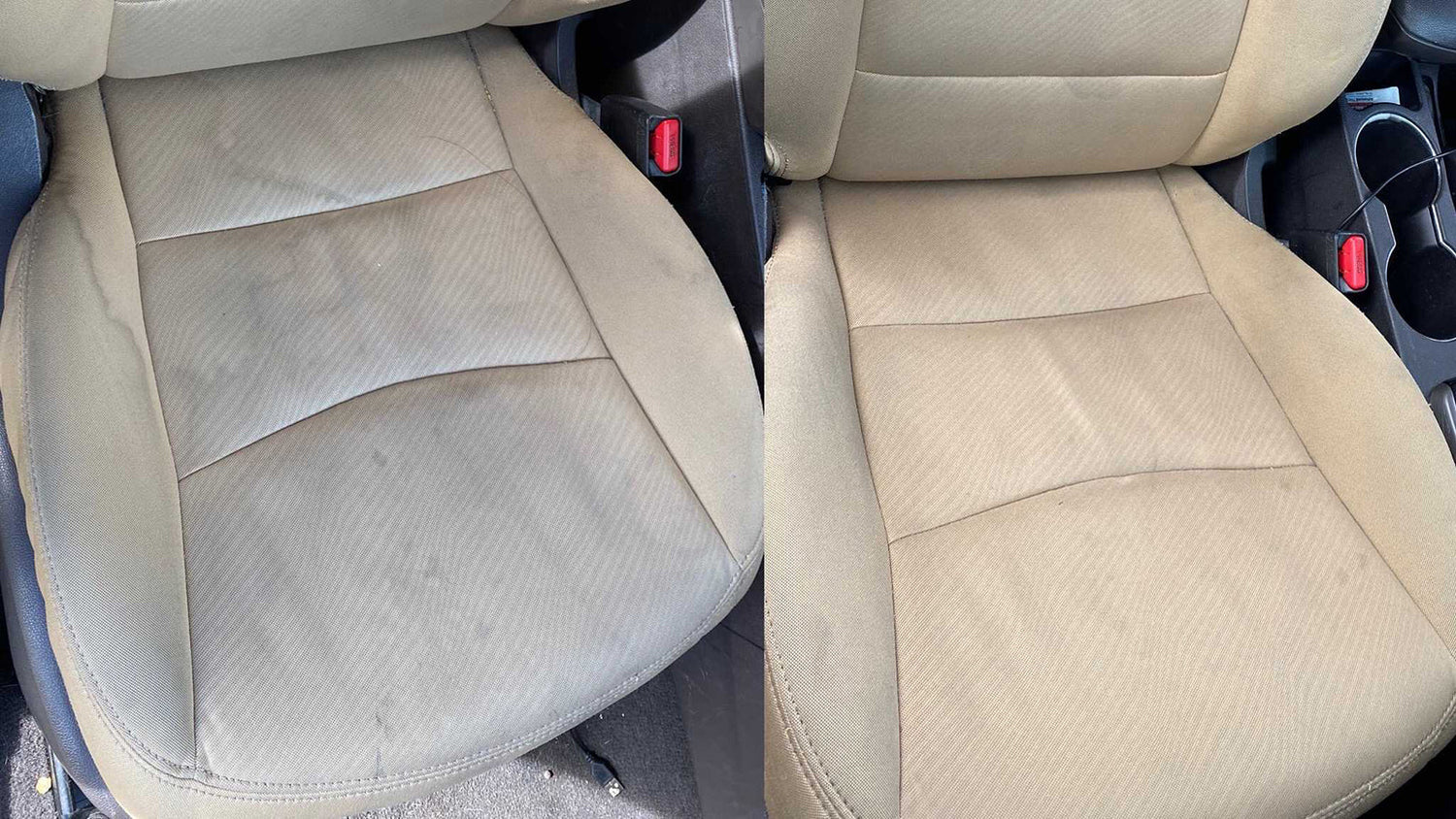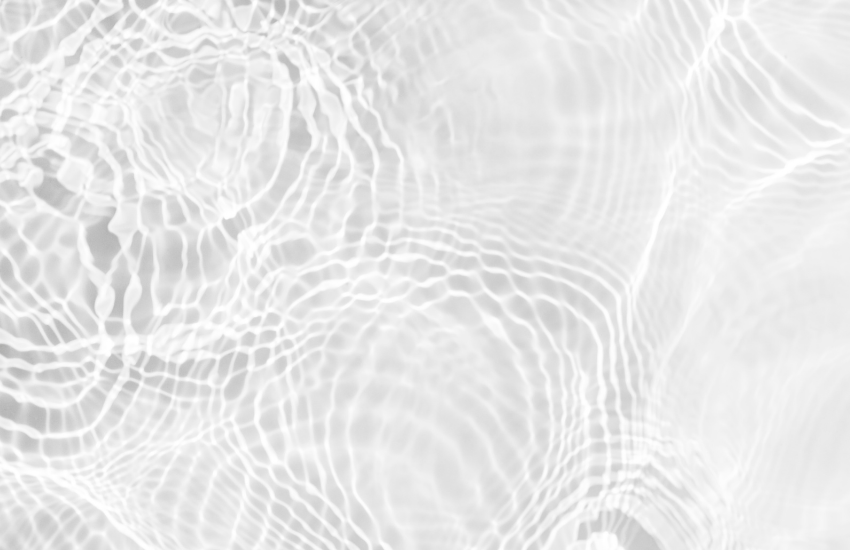Do you have food or drink stains on your couches, carpet, or your car’s upholstery? If so, you're in luck. In this article, we’re going over some quick and powerful tips on how to remove food stains from car upholstery and home fabrics alike.
The best part? It only takes 3 ingredients—and the key one is reverse osmosis (RO) water or soft water, which boosts cleaning power by leaving behind zero mineral residue.
Materials You’ll Need

To make your own homemade carpet cleaner with hydrogen peroxide, here’s what to gather:
- Citrus Degreaser – Zep or Simple Green Lemon Scent
- Hydrogen Peroxide – Minimum of 20% strength
- Garden Sprayer or Spray Bottle
- Reverse Osmosis or Soft Water
- Drill
- White Drill Brush (for upholstery-safe agitation)
- Microfiber Towels
Where to Get These Items
Citrus degreasers like Zep or Simple Green are available at Lowe’s, Home Depot, or online.
20% hydrogen peroxide (clear, not cream) can be found at Sally’s Beauty Supply.
A garden sprayer or a good spray bottle can be purchased at a home improvement store or large, one-stop retailer like Walmart.
RO or soft water can be sourced from your faucet—just make sure you have a reverse osmosis system or a water softener installed. (If not, systems like the PRO+AQUA 5-Stage RO System are great for DIY and home use.)

You'll need a drill to help agitate the stain. For brushes, Amazon has convenient bundles—These brushes come in different colors, make sure you get white since those are not overly aggressive. You'll also need microfiber towels to blot out excess solution (along with the stain).
Green and red brushes tend to have stiffer bristles and if used on upholstery or carpet, it may lead to damage to the fibers.

Step-by-Step DIY Stain Removal
Step 1: Mix Your Solution
Wear gloves and safety glasses. In your sprayer, mix:
- 1 gallon RO or soft water
- 1 cup citrus degreaser
- 1 cup 20% hydrogen peroxide (For heavy-duty stains, add ¼ to ½ cup more of each cleaner.)
Step 2: Test First
Always test on an inconspicuous area of fabric to make sure discoloration does not occur.
Step 3: Spray and Dwell
Mist the stained area and let the solution sit for a few minutes. You’ll start to see the stain fade as the solution starts to break down the dirt and grease. Bubbles may form after the solution is sprayed, which helps dislodge stain particles and let them float to the top.
Step 4: Agitate with Drill Brush
Gently agitate the area using your drill and white brush attachment. This releases the fibers and lifts the stain without damaging them. Choosing a non-abrasive brush head is key here.
Step 5: Wipe and Reveal
Use a clean microfiber towel to blot and wipe away any remaining solution. Most of the stain will now be on the towel, not your fabric.

Why This Method Works
- Degreaser: Breaks down oils from food and drinks that get trapped in the upholstery or carpet.
- Hydrogen Peroxide: Reacts with organic stains and oxygenates them, causing bubbling and lifting particles to the surface.
- Soft or RO Water: Prevents residue and spotting—hard water leaves behind minerals that dull fabrics and interfere with cleaner performance.
Using the best water for cleaning upholstery makes a surprising difference. Soft or RO water boosts detergent efficiency, reduces residue, and allows fabrics to dry cleaner and faster.

Bonus Tip: Tackle Pet Stains and Odors
The same solution works great for organic stain removal from pet accidents. Hydrogen peroxide acts as a natural pet odor eliminator, helping destroy odor-causing bacteria. It also gently lightens discoloration without damaging most fabric types.
How Often Should You Clean?
- Spot treat as needed
- Full upholstery or carpet cleaning: every 3–6 months
- Pet households: monthly spot treatments recommended
DIY Upholstery Cleaning FAQs
Can I use regular tap water instead of RO or soft water?
Yes, but it may reduce the effectiveness. Hard water can leave behind minerals and reduce the foaming and lifting power of your cleaner.
Is this safe for all upholstery types?
It’s safe for most fabrics, but always do a spot test. Avoid using this on wool, silk, or specialty fabrics without consulting a pro.
Will this remove old or set-in stains?
It can help, especially with repeat applications. For stains that have been around a while, try spraying, agitating, and letting it sit a little longer before wiping.
Can I use this on car upholstery?
Yes! In fact, it's one of the easiest ways to clean up coffee spills, ketchup, or juice stains in your car seats.
What’s the best water to use for cleaning upholstery?
Soft water is ideal. It’s pure, mineral-free, and helps your cleaning ingredients work harder—especially when dealing with fabric and carpet.
Want to know more about the benefits of RO water in your home? Check out:
🔍 The Difference Between Reverse Osmosis and Distilled Water











Leave a comment
This site is protected by hCaptcha and the hCaptcha Privacy Policy and Terms of Service apply.